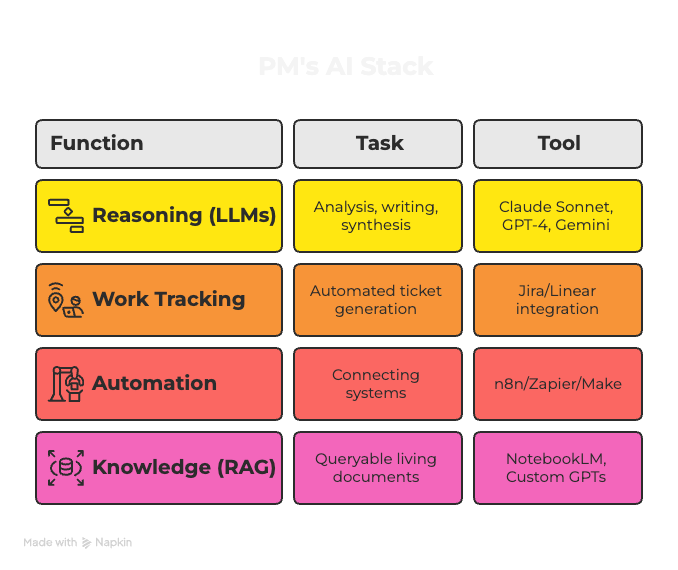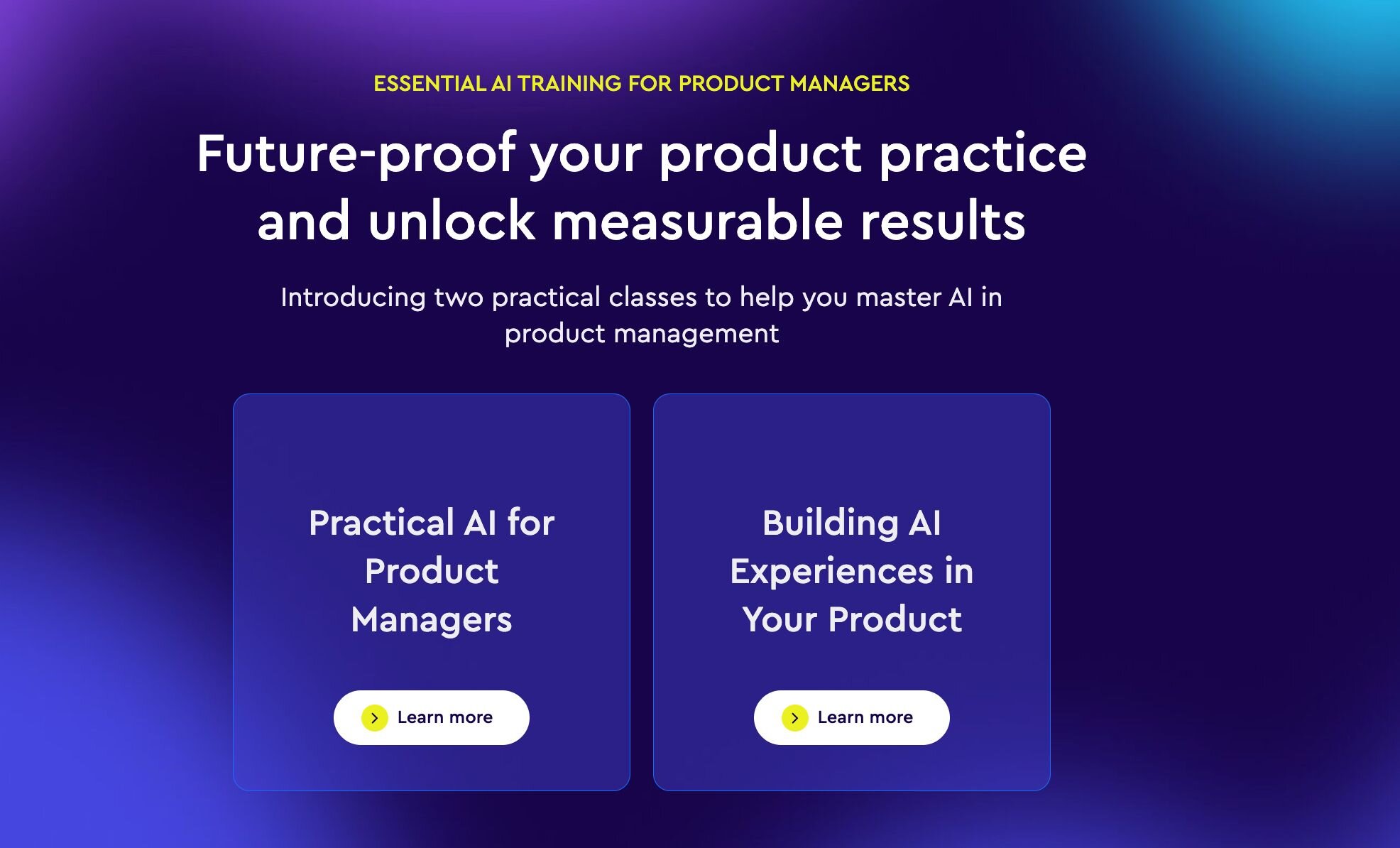People aren’t robots, and while a metrics-first approach can often lead to success in the short term, it can also affect retention and growth in the long term. In this #mtpcon Digital Americas session, Samihah Azim, Product Designer at Cash App, explains the importance of taking a more human-centred approach.
Watch the session to see Samihah:
- Walk us through a framework leveraging business design to make better product decisions that consider the entire ecosystem of the business and customer.
- Explain how experimentation benefits from a human-centered approach towards product development and how business design can lead to better product roadmaps for sustainable growth.
- Share tangible activities you can do with your team to align on your team’s strategy.
Alternatively, you can read on for the key points of her talk:
- Understand your user/customer journey
- Know the business
- Create principles
- Lateral solution exploration
- Build.Ship.Learn.Rinse & Repeat
Understand users/customers
Samihah begins by providing three ways you can better understand your users and customers. The first being user research, the second is consumer insights, and third, consumer journey maps. She illustrates a customer journey map from her time at Lyft, which shows the customer’s journey from launching the app to completing their ride. She explains that while metrics used in the customer journey map don’t have all the answers, especially for understanding the user’s emotional journey, they do provide context.
As Samihah explains, decisions are often made on the product goals of a particular team and leave out others. To fix this in her own team, she brought together representatives from product teams that use the platform and aligned everyone on the customer’s emotional journey. This way, they were able to get not only data on the emotional journey of the customer but also how it affects the business.
Know the business
As a designer herself, Samihah explains that designers knowing the business means understanding how the company makes money, what acquisition looks like, what it takes to achieve a job to be done and what engagement looks like for existing users. For product managers, it’s essential to understand user motivations and behaviors, why customers do certain things, and who your customers are.
Everyone should be familiar with how the company generates revenue, and your team contributes to this. Other areas to be familiar with include new users vs. current users, such as the different acquisition channels each uses, how their behaviors differ and what engagement looks like for each user type. Users can come from various channels, and while metrics provide context into how they visit, they might not explain why.
Create principles
Principles should be created with a customer-centric lens and are often strongest when also reinforced by business goals. When there’s team alignment, principles help evaluate different solutions and create a set of values that the team can abide by.
Using these principles ensures that when analyzing the emotional aspect of the customer journey, they can take an approach contextual to the customer experience that also helps business goals.
Lateral solution exploration
“If you imagined design thinking to be digging one really deep hole to find the water. Lateral solution exploration is digging many superficial holes to get a clue on where you should dig deeper,” explains Samihah. By borrowing an example from the art world, Samihah shows how product managers often find themselves analyzing various potential solutions. But how do you know you’re on the right track?
Remember the principles and use them to evaluate the solutions. “If it’s a really big end solution we’ve come up with, phase it out to see how each phase tests and then create milestones, so it’s easier to develop. Prototyping is really helpful to see how it feels and how people react to it,” she explains.
Build.Ship.Learn.Rinse & Repeat
Samihah suggests defining ‘do no harm to the business’ metrics or counter metrics. Can your team’s success affect another section of the business? For example, can marketing messages meant to increase conversions desensitize users from other critical messages in the future because they’re used to ignoring them?
Finally, Samihah provides some activities that can be done with your team to align your long-term vision and how it fits into the organization’s goals. To begin, you’ll need two ingredients, a team mission and a product North Star. The mission defines the why, and the product North Star signifies your what. “If you picture your product five years from now? What does it look like? How does it work? What is the sentiment people have towards it in the market?” Samihah explains. In order to define your own Mission and North Star, Samihah suggests conducting internal workshops with representatives from each product function and coming up with mission statements and North Stars to use in a product roadmap.
There's more where that came from!
Catch up on all #mtpcon Digital Americas content by accessing our recap page.






